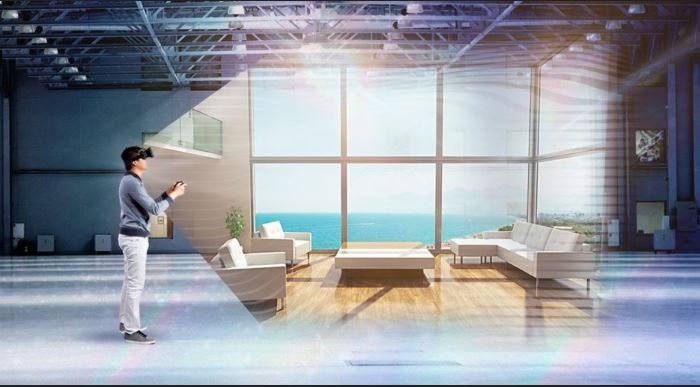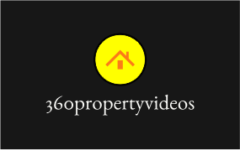Incorporating virtual reality (VR) into real estate video production revolutionizes how properties are showcased, offering immersive experiences that traditional methods cannot match. By integrating VR, real estate professionals can provide potential buyers with interactive and engaging tours that enhance their decision-making process. This approach transforms property marketing and offers a competitive edge in the real estate market.

Understanding the Basics of VR in Real Estate
Virtual reality in real estate involves creating 3D, immersive property tours that potential buyers can explore from their devices. These tours replicate the experience of walking through a property, allowing viewers to navigate rooms, examine details, and get a true sense of the space. Understanding VR technology is crucial for effectively incorporating it into your video production strategy.
Investing in the Right Equipment
To produce high-quality VR content, investing in the right equipment is essential. This includes VR cameras capable of capturing 360-degree videos, editing software tailored for VR content, and VR headsets for an immersive viewing experience. High-resolution cameras and advanced software ensure that the virtual tours are detailed and realistic, enhancing the overall viewer experience.
Planning Your VR Video Production
Effective VR video production starts with meticulous planning. Begin by mapping out the property and deciding on key areas to highlight. Create a storyboard that outlines the flow of the tour, ensuring that it showcases the property’s best features. Planning helps in capturing comprehensive footage and creating a seamless virtual tour.
Capturing High-Quality Footage
Capturing high-quality VR footage requires attention to detail and proper technique. Use VR cameras to film 360-degree views of each room, ensuring that the footage is steady and well-lit. Focus on capturing the property’s unique features and layout, providing a realistic and immersive experience for viewers. High-quality footage forms the foundation of an effective VR tour.
Editing and Enhancing VR Content
Once the footage is captured, the next step is editing and enhancing the VR content. Use specialized software to stitch the 360-degree videos together, ensuring smooth transitions between different areas of the property. Enhance the footage by adjusting lighting, colors, and adding interactive elements such as hotspots that provide additional information about specific features.
Creating an Interactive Experience
Incorporating interactive elements into your VR tour can significantly enhance the viewer experience. Add clickable hotspots that offer detailed descriptions, images, or videos of specific features like appliances, fixtures, or outdoor views. Interactive elements make the tour more engaging and informative, helping potential buyers get a comprehensive understanding of the property.
Integrating VR Tours into Your Marketing Strategy
Integrate VR tours into your overall marketing strategy to maximize their impact. Share the VR content on your website, social media platforms, and real estate listing sites. Promote the virtual tours through email campaigns and advertisements, highlighting the immersive experience they offer. Integration ensures that your VR content reaches a wide audience.
Ensuring Compatibility Across Devices
For VR tours to be effective, they must be compatible across various devices. Ensure that your VR content can be viewed on desktops, smartphones, and VR headsets. Compatibility increases accessibility, allowing potential buyers to explore the property from any device. Test the VR tours on different platforms to guarantee a smooth and immersive experience.
Conclusion
Incorporating virtual reality into real estate video production transforms property marketing by offering immersive and interactive experiences. By understanding VR basics, investing in quality equipment, and planning meticulously, you can create compelling VR tours. Integrating these tours into your marketing strategy, ensuring device compatibility, and staying updated with VR trends enhance their effectiveness. Analyzing engagement and measuring ROI demonstrate the value of VR in real estate marketing, providing a competitive edge and attracting potential buyers.

